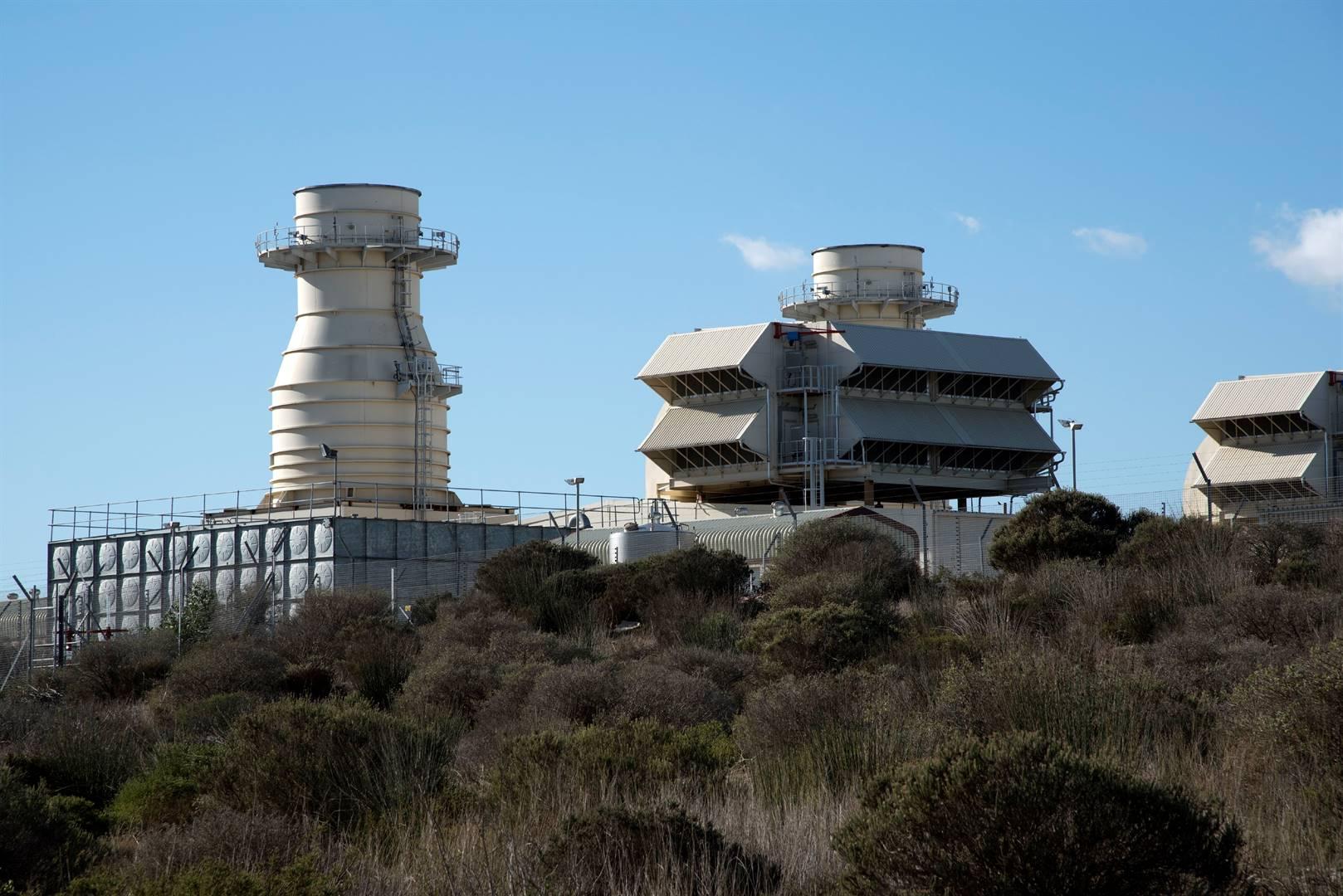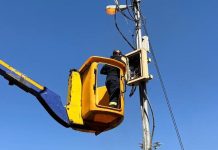Africa-Press – South-Africa. Eskom said on Sunday that it has run out of cash to buy diesel and does not plan to order any more until 1 April 2023.
The consequence of this will be extreme levels of load shedding not yet experienced in SA.
At a state of the system briefing last week, Eskom Chief Operating Officer Jan Oberholzer said that since 1 April, Eskom has spent R12 billion on diesel against an initial budget of R6.1 billion. This was later revised to R11.1 billion.
“If we continue to burn diesel the way we have for the past seven months, the cost would be astronomical. But we do not have the cash to spend. We would be able to pay if the municipalities were paying us,” said Oberholzer at the time.
The implications of Oberholzer’s statement are beginning to sink in as SA starts the week on Stage 4 load shedding.
In the past, Eskom has overspent its diesel budget excessively, arguing that the R500 million a day per stage cost to the economy is greater than the cost of buying diesel. Eskom has therefore spent profligately on diesel to keep the lights on, with the only cap being the amount of diesel that can physically be delivered and burnt each month. This has equated to about R2.4 billion of diesel a month.
But the National Energy Regulator of SA (Nersa) has refused to allow Eskom to fully recover its costs for diesel spend from consumers, arguing that a more efficient and prudent operation would not have to resort to such excesses. This has left Eskom out of pocket and its executives under pressure from the National Treasury for overspending and failing to tighten up the sinking ship.
At the briefing last week, Eskom provided a statistical forecast of load shedding over the next 10 months. The forecast showed that until August 2023, SA would experience stage 3 load shedding on most days of the month, provided that diesel was burned to make up for the shortfall. The diesel required to keep the system at Stage 3 varied from R3 billion to more than R7 billion a month. As burning this amount of diesel is physically and logistically impossible, the implication was that load shedding would in fact, be several stages above stage 4.
Eskom also warned at the time that the system was so unpredictable that there was a 4000MW variation at all times. In other words, the system can jump from stage 2 to stage 4 or from stage 2 to zero in a short space of time.
For More News And Analysis About South-Africa Follow Africa-Press






